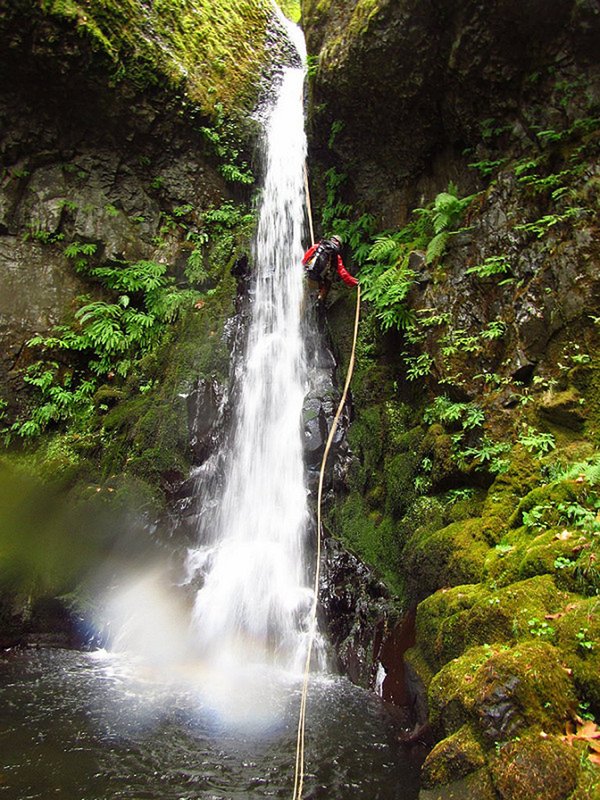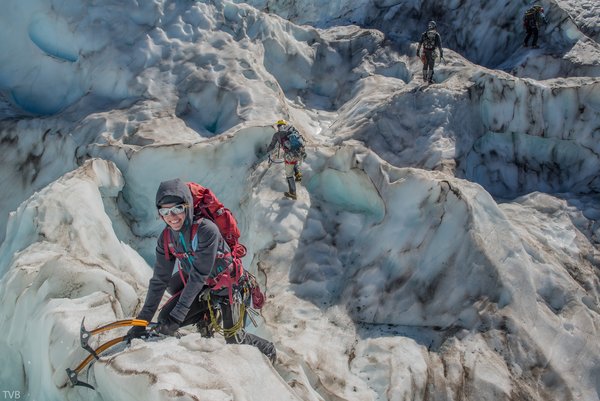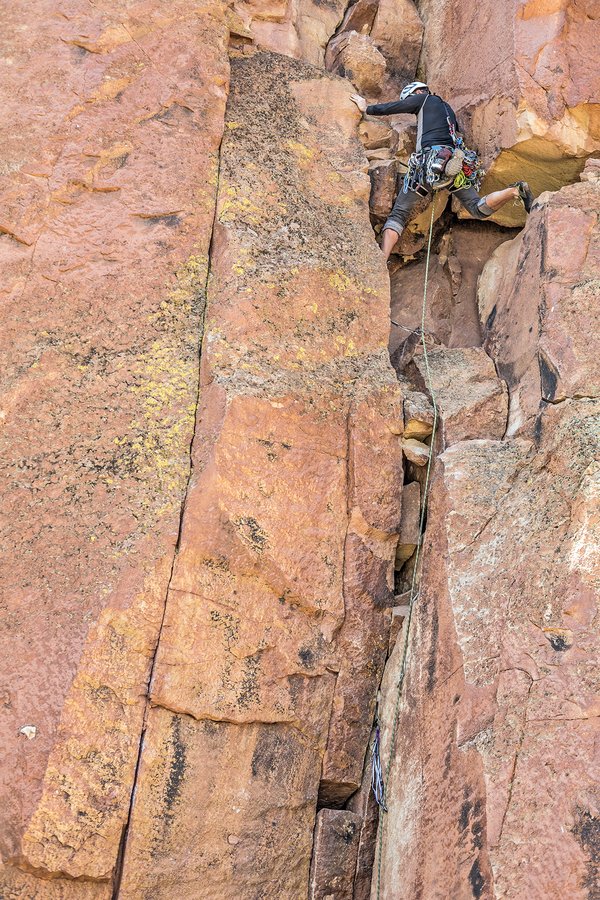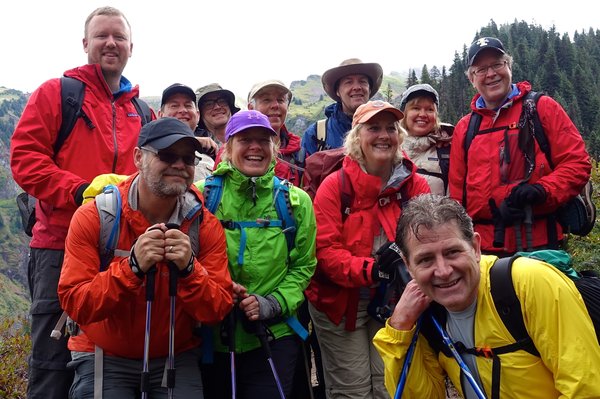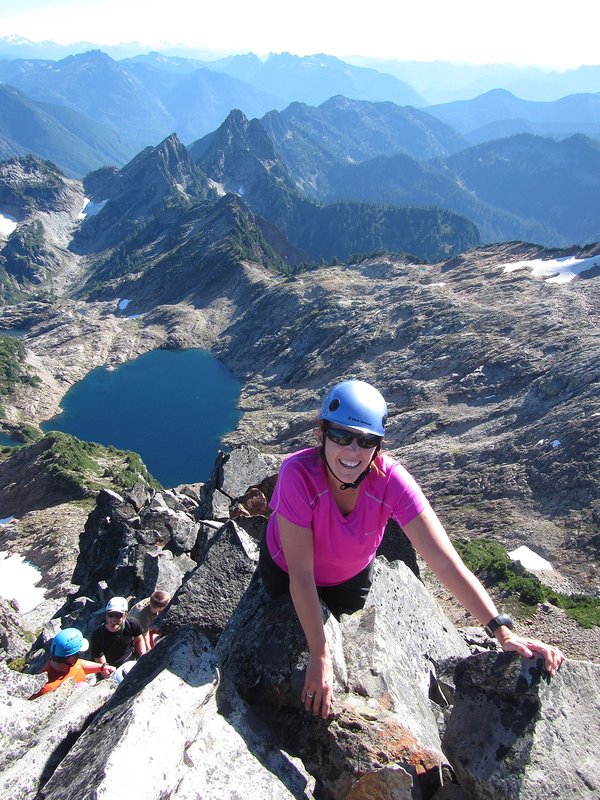| General Route Info |
Olympic National Park Headquarters: (360) 452-4501, or 360-425-0330
Hoh Visitor Center: 360-374-6925
Olympic National Park is one of the premier wilderness parks in the United States, and it harbors one of the richest old-growth forest preserves in the world. The character of the Olympic Mountains, their unique plant and animal species, and the natural diversity found in the Park all trace their evolution to the shifts of climate and profound changes in the landscape that culminated during the Pleistocene ice age.
During the Pleistocene, the Olympic Peninsula was isolated from the rest of North America's mountain ranges by continental glaciers that advanced repeatedly from the North. The alpine plant and animal communities that adapted or evolved during this time remained separated from mainland ranges by the inland seas the glaciers left in their wake. Today Puget Sound, the Strait of Juan de Fuca, and the deep valley of the Chehalis River to the south continue to isolate this coastal range, lending an island like character to the peninsula’s ecosystem.
Ascending nearly 8,000 feet in elevation less than 40 miles from the Pacific, Mount Olympus is the tallest peak in the Olympics. Spilling down its flanks are massive rivers of ice that hearken back to that earlier time of the Pleistocene. These and more than 60 other named glaciers in the Olympics serve as a reminder that the 12,000 to 14,000 years that separate us from the last great ice age are a geological blink of an eye. A drop of a few degrees in the earth’s mean temperature, and the glaciers could once more reach for the lowland valley they left such a short time ago.
The isolation of the Olympic Peninsula was a fortunate accident of geography that allowed its forests to survive the 19th-century assault of mining, trapping, logging, and railroad building that altered so much of the western landscape. As a result, the Olympic Peninsula entered the 20th century with its forests, wildlife communities, and watersheds intact. To this day no through-roads cross the Olympic Mountains, and some 60 miles of wild, rugged coastline remain free of roads and developments. The rivers that slice their way out from the interior mountains follow their restless courses to the Pacific, the Strait, or Puget Sound.
On a clear August day in 1774, the Spanish explorer Juan Perez first recorded sighting the ice-bound summit of the Olympics’ highest peak and recorded it in his ship’s log as “El Cerro de la Santa Rosalia.” Fourteen years later, the British sea captain, John Meares, spotted the same peak from the Strait of Juan de Fuca. Hidden behind ridges and peaks and covered with clouds, the captain thought this was a suitable dwelling place for the gods of this new land so he named it Olympus after the mountain that was the home to the gods of Greek mythology. British captain George Vancouver, who explored the inland waters of Puget Sound, extended the name to the range of mountains surrounding the peak.
While the mountain was the first geographic feature to be named by Europeans in what is now Washington state, this corner of the continent was not explored until the late 1880s. Governor Semple described the range as the “continuous array of snow-clad peaks” composed of basalt, a tough, dark volcanic rock common to ocean floors. By the 1930s, geologists had identified these basalt rocks as part of the Crescent Formation, a thick horseshoe of basalt that rings the mountains on their north, east and south sides and is open to the west. Crescent Formation basalt form the bedrock of some of the Olympics’ most visible and dramatic peaks.
Piecing together the Crescent basalt with the sedimentary rocks of the interior Olympics and the younger sediments that lay outside the basalt horseshoe, geologists reasoned that the Olympic Mountains were formed from an anticline, a giant fold in the earth’s crust that was tilted down toward the continent and whose uppermost rocks had eroded away. This theory neatly explained how the basalt horseshoe of the Crescent Formation formed around what were believed to be the older sedimentary rocks of the interior. Fossils found in the Crescent rocks dated to the Eocene epoch, 38-54 million years ago, but no fossils had been located in the sedimentary core rocks.
The Olympics lie in the storm belt of the Pacific and are notorious for their highly changeable weather. Even on the leeward side of the range, precipitation is heavy and weather patterns shift with alarming rapidity. Temperatures can vary as much as 70 degrees in a 24-hour period in the high interior, and it is not uncommon to experience clear skies and debilitating heat followed by clouds, rain, and driving sleet, in the course of a single summer afternoon. The so-called “rain shadow” of the Olympics is an exception to this pattern, and weather in this sheltered area, which is protected by the high mountains to the west and south, is much more stable and salubrious. Changes in weather patterns in the interior of the range are frequently of long duration. It is not uncommon to have several days or weeks of good weather followed by an extended period of more than a week of heavy summer rain and cool temperatures. Storms usually blow in from the southwest or west, though there are occasional exceptions. Typical signs of weather change consist of an advancing and thickening line of cirrus or cirro-stratus clouds, often followed with 24 hours by a frontal system. Thunderstorms seldom occur in these mountains. |

